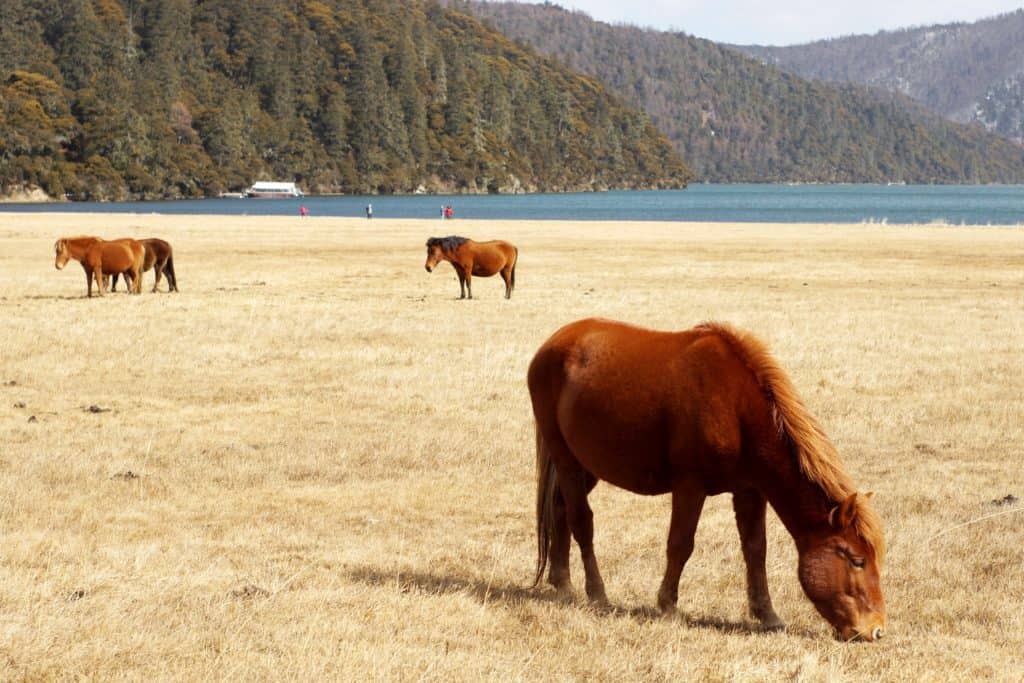
Researchers Reveal Chinese Horses’ Origins
The modern Chinese horse originated from horses introduced to China from elsewhere, as well as local stock.

The modern Chinese horse originated from horses introduced to China from elsewhere, as well as local stock.

Because the mare’s uterus is not designed to support two pregnancies, veterinarians have developed methods for detecting and reducing twins.

A French genetics team determined a common breeding pool is not only realistic but also preferable.
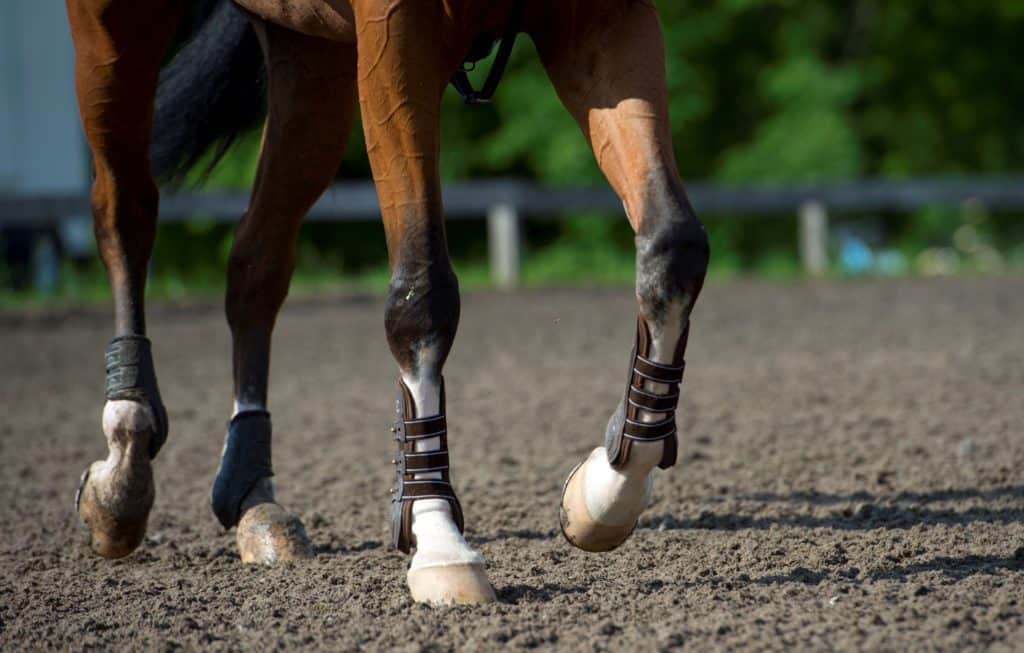
Genomic tools could help address horse health problems that couldn’t be resolved with earlier technologies.
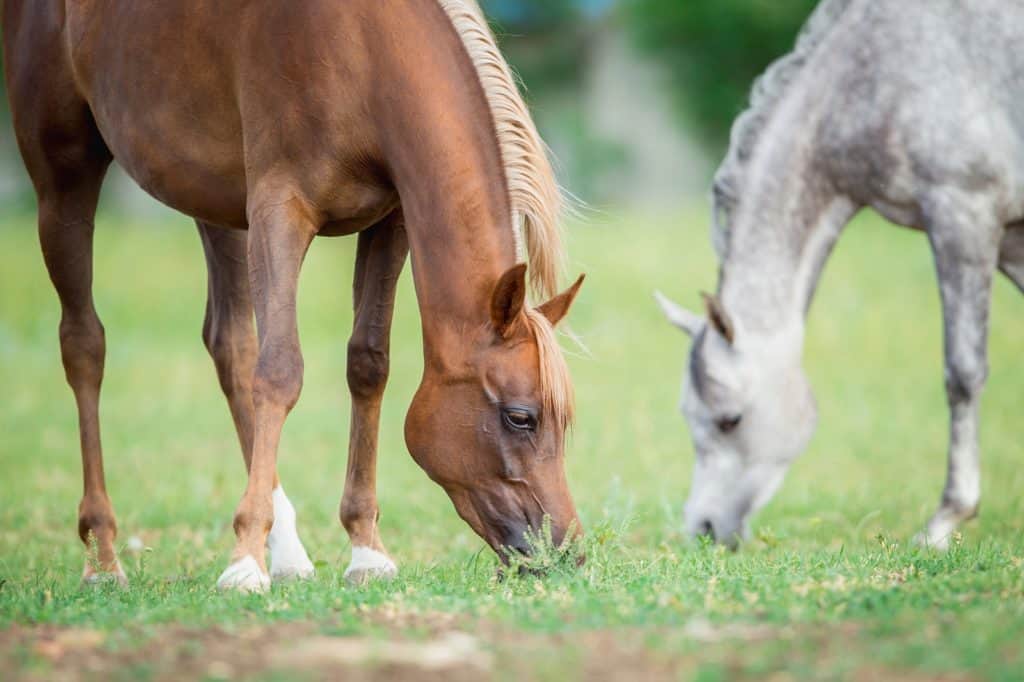
“Genomics” covers all aspects of genes, including structure and function. Here’s what equine researchers are learning.
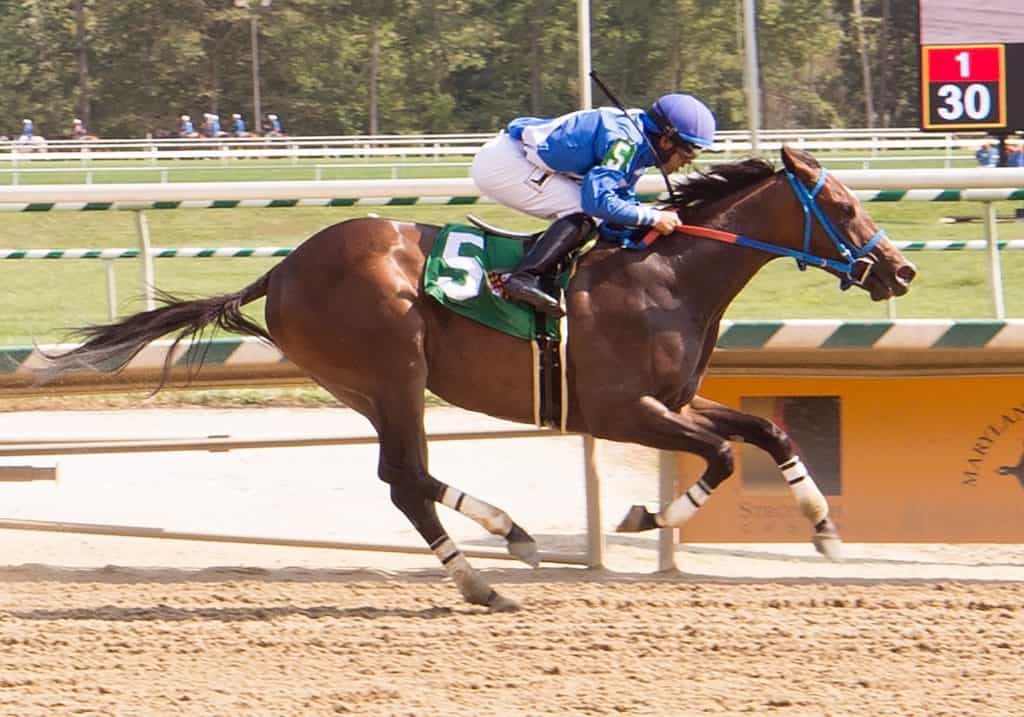
Learn about the university’s Thoroughbred breeding program, a winning one-eyed gelding, and more.
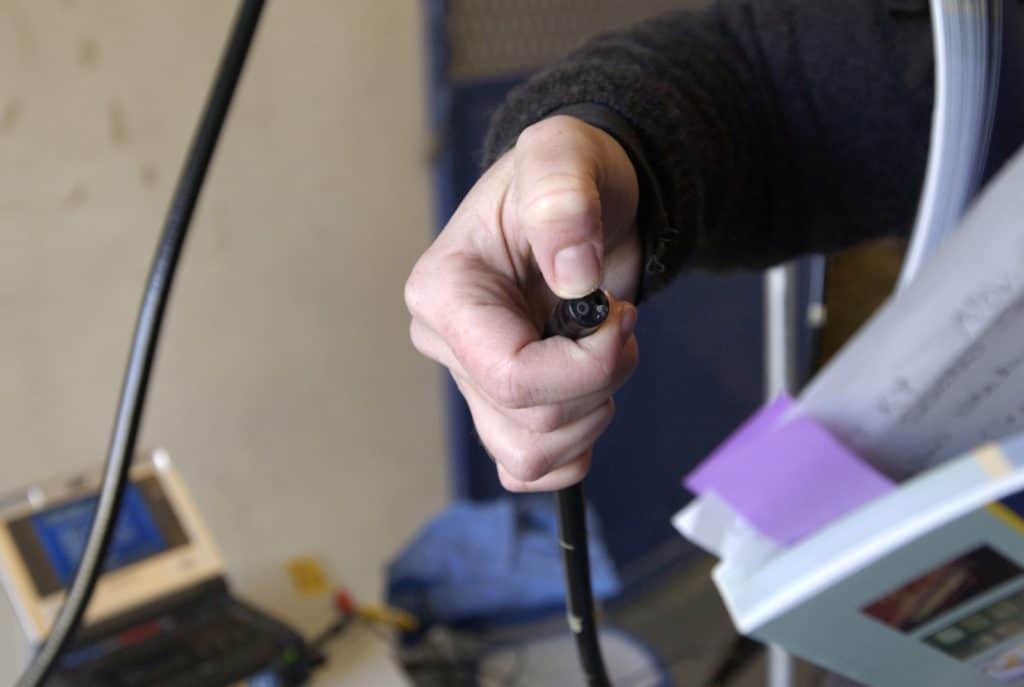
Hysteroscopy involves running a flexible endoscope through the uterus to check for abnormalities.

Researchers found that AFP could be a useful biomarker to help assess neonatal health soon after birth.

Researchers studied a group of related Exmoor ponies to find the chromosomes that could carry IBH-related genes.

While small in size, Minis have the same health needs and risks as other breeds, as well as a number of unique issues.

Scientists are learning more about horses’ DNA and how mutations impact health, behavior, performance, and more.

What affects a foal’s demeanor and makes him his own, unique self? Let’s have a look at what science has to say.
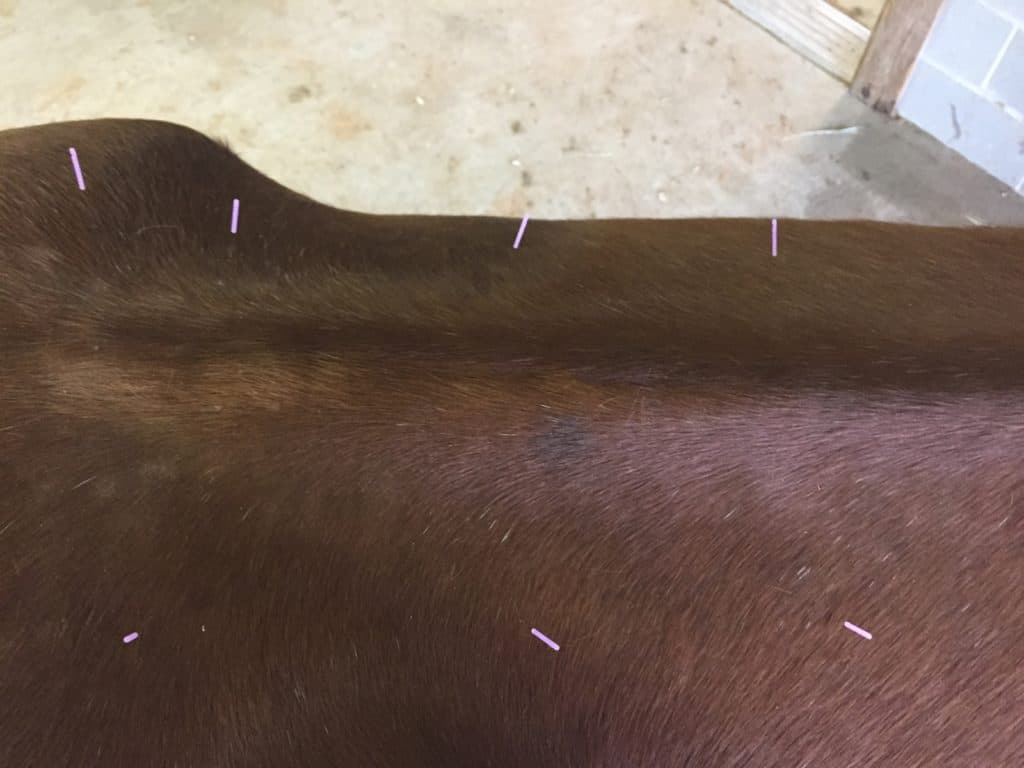
There’s a complex series of events that occur when acupuncture needles are placed. Here’s a rundown of what happens.

With all the effort breeding requires, losing the pregnancy, the newborn foal, or even the mare is a devastating prospect. Identifying high-risk pregnancies early can help safeguard against those losses.

University of Kentucky’s Dr. Barry Ball defines the high-risk pregnancy and its causes and offers management options. Learn about fescue toxicosis, umbilical torsion, premature placental separation, and more in this information-packed lecture.

Scientists found a gene that could identify superior tractability, or how easily a horse can be trained or controlled.
Stay on top of the most recent Horse Health news with
"*" indicates required fields